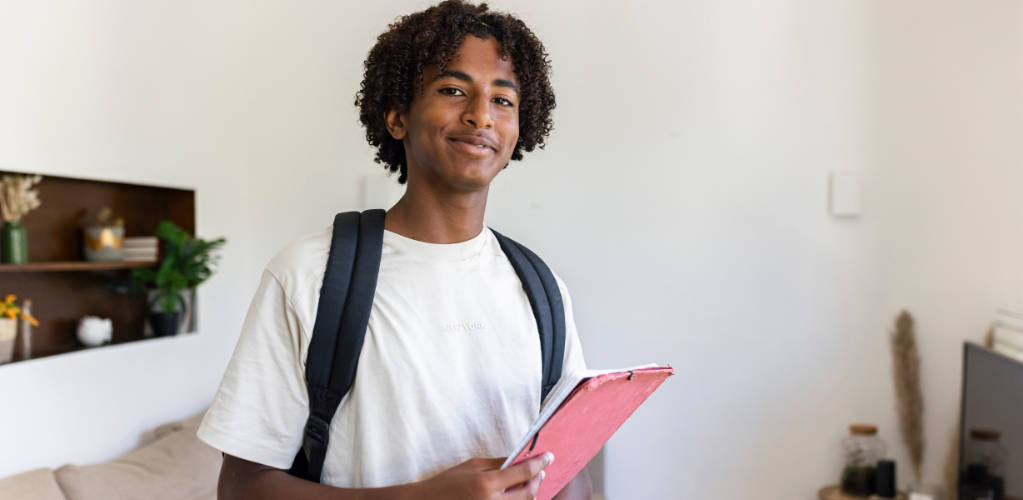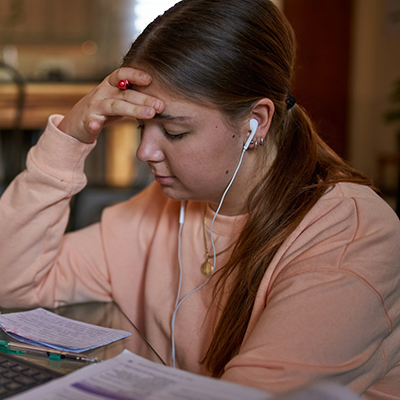
Mental health issues top the list of concerns
Most of the information young people get about marijuana is pushed out by the commercial industry, which is expected to pull in $45 billion in 2025 in the U.S. In Pennsylvania alone, the cannabis industry spent $1.6 million on lobbying the legislature in 2024, attempting to make their addictive products more available and less regulated.
One benefit of the gradual, state-by-state legalization of marijuana for both medical and recreational purposes has been an increase in research conducted on its effects. Mental health symptoms such as depression, anxiety, and even changes to sleep are at the top of any health professional’s list of concerns. Young people need to know about the loop of use and symptoms they can become unknowingly caught in so that they can make the best choices for themselves.
Paradoxical Effects
Kids and teens begin using marijuana for many reasons: curiosity; pressure from peers or parents; to rebel; or to escape feelings of boredom, sadness, depression, or anxiety. While using lowers unwanted emotions at first, continued use has been shown to cause changes to the amygdala, the part of the brain that processes emotions. The result? A vicious cycle of using marijuana to eliminate or avoid anxiety and stress, while at the same time, increasing those very emotions.
This loop is invisible to many who take in THC, but may make a lot of sense once explained. As one teen put it,
“My mental health was getting worse because I was using marijuana, and then I was treating myself with marijuana.“
The Quest for Sleep
Many use cannabis products at bedtime in order to fall and stay asleep, and young people are no exception. A 2022 study found that 8% of high school students had used marijuana as a sleep aid in their lifetimes. It also determined that this practice resulted in increased dependence on marijuana, without the intended sleep benefit.

While further research is needed, many studies have linked marijuana use to a reduction in rapid eye movement (REM) sleep, which plays a key role in emotional processing and regulation. Similar to the stress paradox describe above, the user is likely not aware of this reduction, as they fall asleep more quickly, and sleep deeply with vivid dreams.
Unfortunately, a lack of REM sleep decreases mood, increases anxiety, and disrupts the brain’s nightly consolidation of memories. A 2020 study of 1,800 twins found that of people who started using marijuana for sleep before age 18, over 30% experienced insomnia as adults, compared to 20% of the control group. And 20% of study subjects who used cannabis regularly as teens grew up to be short-sleepers, while only about 5% of non-users did.
In other words, marijuana has profound impacts on sleep, with consequences for mood and overall mental health.
Learn Some Facts and Have a Talk
It’s normal to feel nervous about talking to kids about drugs. Lower the pressure by initiating shorter talks with some regularity. You can even confess that you’re going to share a bit at a time as you learn about the most recent marijuana research yourself. The following tips can be used each time you choose to share with the young person in your life.
- Be calm and open-minded. The less judgmental you are, the more likely you are to connect.
- Keep in mind all the reasons young people use marijuana. Be curious about your child’s reasons.
- Come up with an achievable goal for each talk. Some options: to open the door to conversation; to set expectations for regular talks; to offer one or two facts about mental health and cannabis.
- Get some guidance. This Marijuana Talk Kit has lots of good ideas.
The cannabis industry is following the playbook of Big Tobacco. They’re pouring money into messages claiming that marijuana is natural and safe, while hoping to hook young people on their powerful and addictive products. Kids, however, listen to the trusted adults in their lives; more than you may think. Talk early, talk often, and know that your child hears you, whether they show it at the time or not.